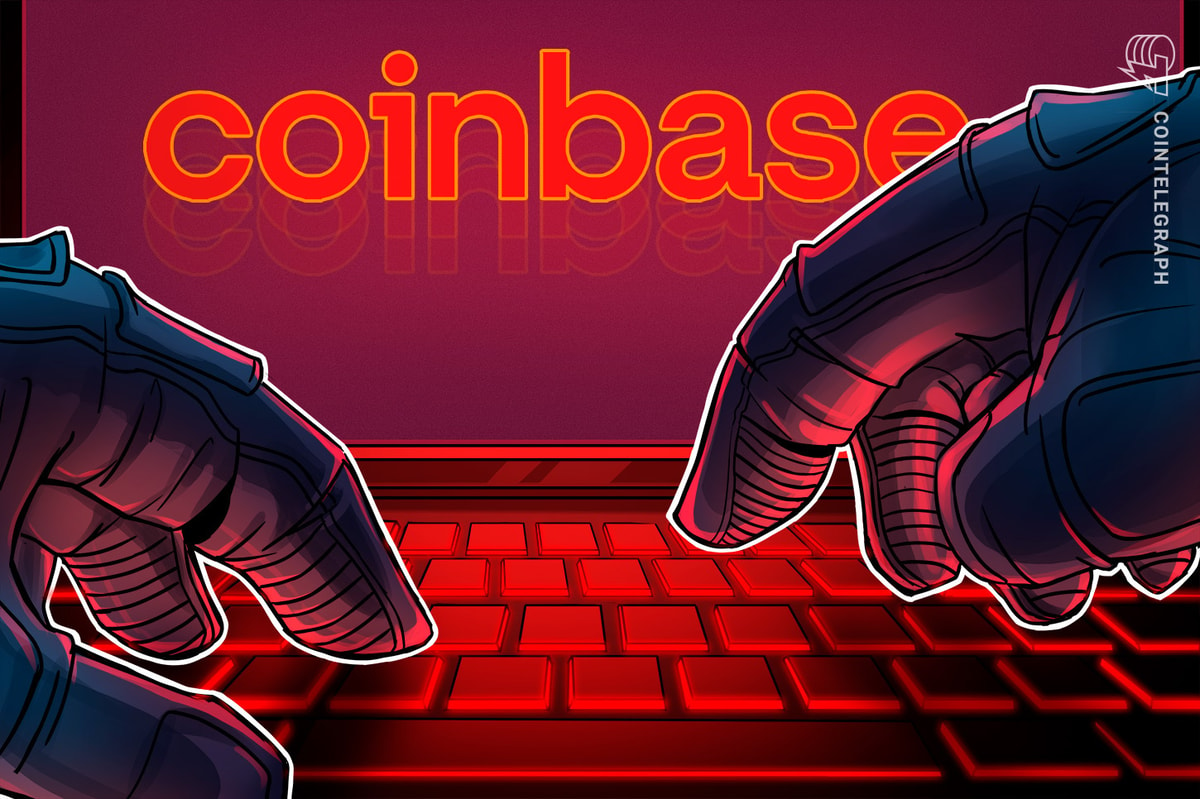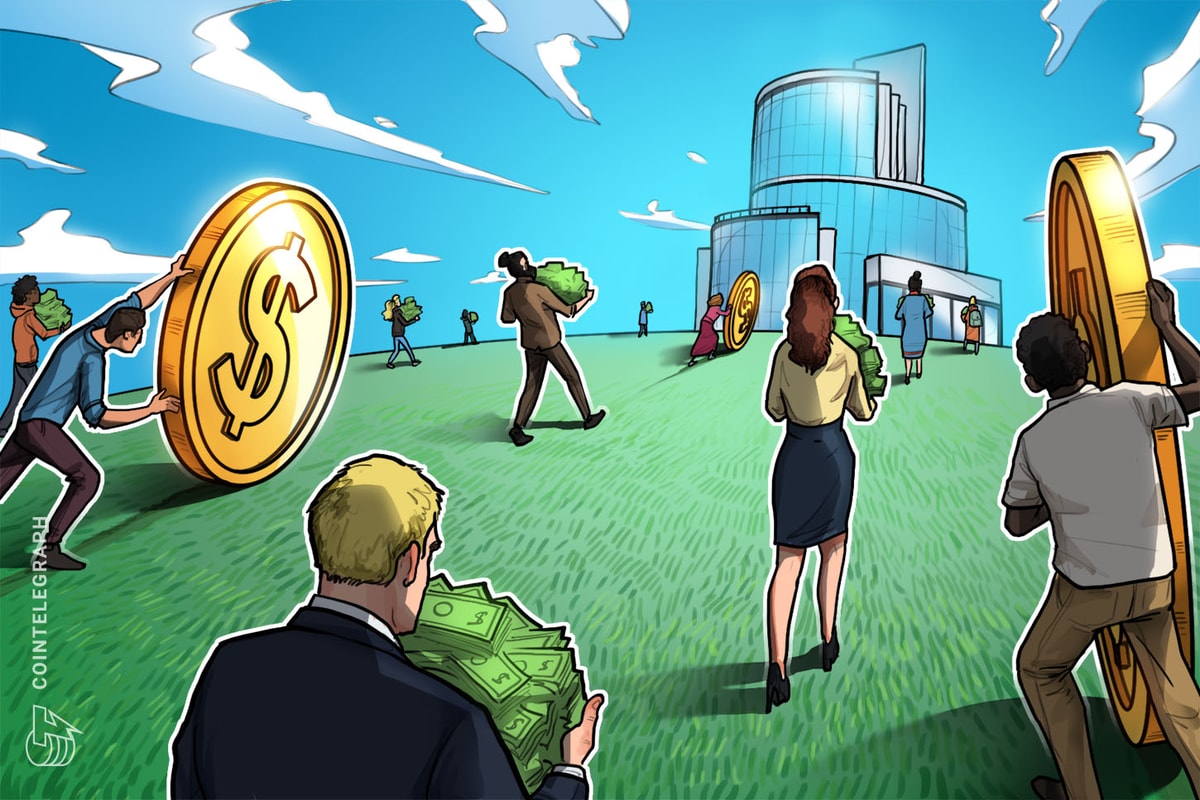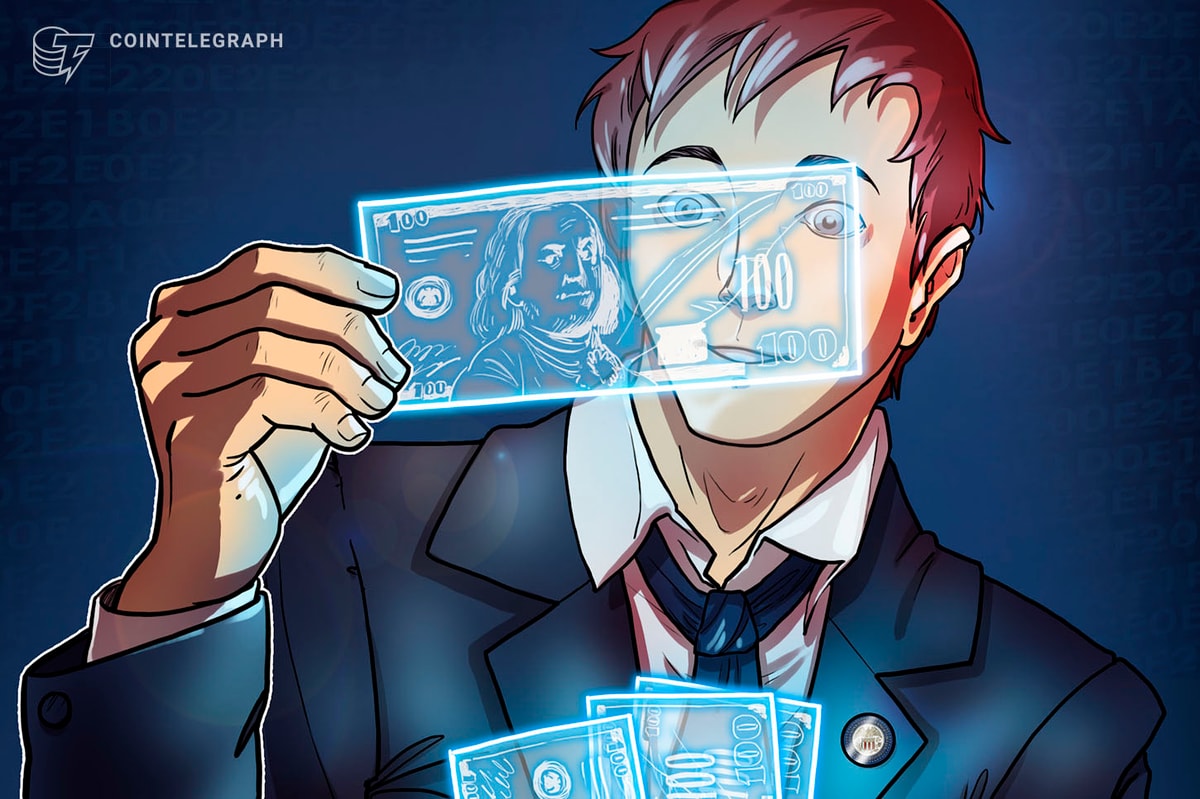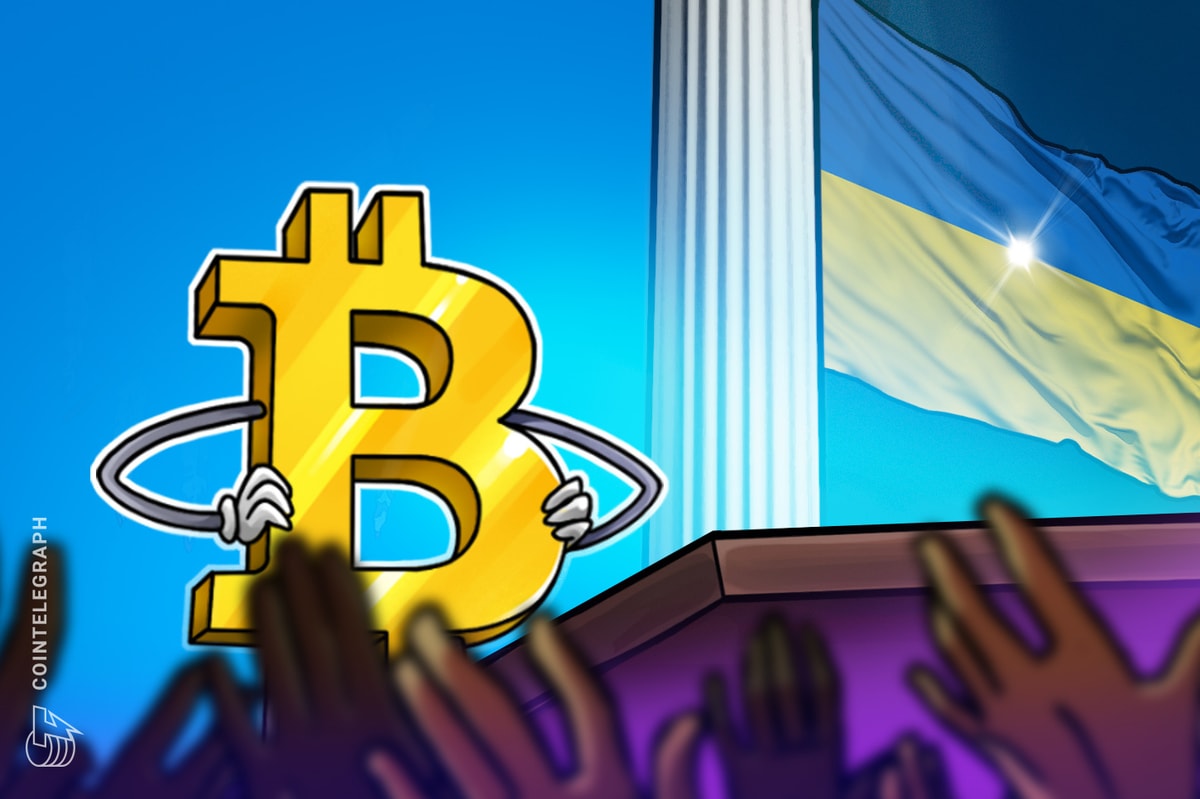
From socializing to hailing a cab to finding our way around, there’s an app to help. Now, there is a new and improved model that is revolutionizing the way we build scalable applications called a DApp, or decentralized application.
David Johnston, CEO of the DApp Fund, predicts in his white paper that “decentralized applications will someday surpass the world’s largest software corporations in utility, user-base, and network valuation due to their superior incentivization structure, flexibility, transparency, resiliency and distributed nature.”
What Is a DApp?
A DApp has four characteristics. It must be open source, with all changes made by a majority consensus of the user base. Data must be stored on a public blockchain to avoid a central point of failure. There must be a cryptographic token, referred to as an App Coin, to access the application, and these tokens must be issued according to a standard cryptographic algorithm acting as a proof of the value to nodes that contribute to the application.
Bitcoin is an example of a DApp, as it is an open-source token and uses the blockchain, a peer-to-peer and public distributed ledger, to form a trustless system. In fact, Bitcoin is the most popular DApp, as it simplifies many aspects of the traditional financial system, such as transferring money across the world.
Another application of a DApp is something built as a protocol that uses another blockchain and its own token to function. An example is the Omni Protocol, which “is a protocol built as a layer over Bitcoin that allows you to generate, send, trade, redeem, pay dividends to and make bets with tokens representing any kind of asset,” said Patrick Dugan, who’s a board member of the project, in an interview with Bitcoin.com.
Alternatively, a DApp can be built as an extension to the program. For example the SAFE Network, a peer-to-peer storage network, uses “safecoins” to operate the network. With the SAFE Network, decentralized applications are ensured complete data security, and there are projects such as SAFEpress, similar to WordPress, for the SAFE Network, to help people develop on the Network.
Imagine a DApp becoming the computer operating system (OSX or Windows), the programs used on the system (Photoshop, Dropbox), or specialized software that uses the programs, such as a blog that integrates Dropbox. Bitcoin is only the tip of the iceberg of what is possible with this new type of application.
Can App Coins Have Value?
David Johnston and team define App Coins in another white paper as “tokens that are native to Decentralized applications that have a digital token associated with their use or monetization.”
Tokens can also be developed to behave in a way that Bitcoin cannot, at least for the time being. A Javascript-based programming library called Solidity and another Python-based library called Serpent allow decentralized applications to be built on Ethereum.
In addition, networks can choose to operate exclusively with their network’s coin, such as the safecoin that powers the SAFE Network. Doing anything on the SAFE Network requires safecoins, and developing on the SAFE Network provides additional value to developers.
“I want to host my apps on SAFE and not have to worry about servers,” said Francis Brunelle to Bitcoin Magazine. Brunelle is an app developer and enthusiastic community member who predicts that “safecoins will be valuable because it will be the only way to buy storage space on the SAFE Network.”
A strong user base on an application can be reinforced through a successful integration of App Coins. An application that rewards contributing developers and lead users with tokens that have a monetary value has an intrinsic advantage over one that does not. Furthermore, a large user base that uses an App Coin presents a barrier to exiting to a competing service with a less popular coin.
Finally, App Coins provide monetary choice as an alternative to both fiat currency and to Bitcoin. People have different opinions on monetary policies, especially with the rise of digital currencies. App Coins can adopt any number of monetary viewpoints and allow everyone a vote to their preferred economic policy.
The Consumer Future
DApps will likely soon become “consumer apps,” as there are already many in development. The Safe Network decentralizes Internet services and guarantees privacy to all Internet users. Ethereum provides a decentralized application layer and programming language for DApps to be developed.
Factom is a scalable data layer that simplifies big data management record-keeping. Augur is a decentralized prediction market that allows people to forecast events and be rewarded.
As Johnston says in Johnston’s Law: “Everything that can be decentralized, will be decentralized.”










